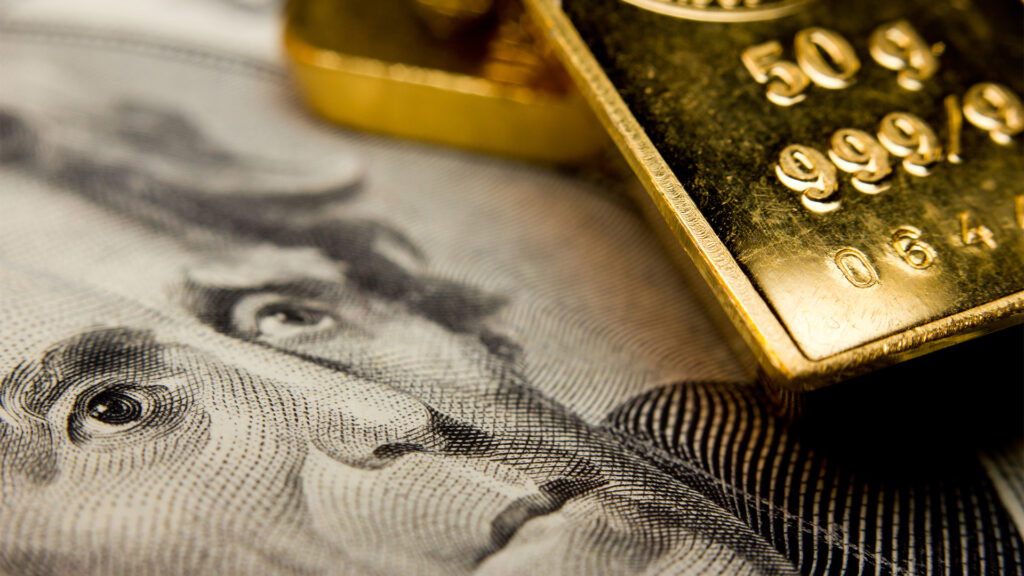China isn’t frightened by high or weak gold prices, as its buying this year has once again confirmed.
The Hamas attack on Israel on October 7 and continuing fighting and political uncertainty in parts of Europe and the US have driven gold above $2,000 an ounce several times in the past month or so.
Gold troughed at $1,836 an ounce on August 5 and peaked at a $2,089 close on December 1, when it surged to a day’s peak of $2,150 in a madcap day of trading before coming back to end at a record high.
It then fell back under $2,000 an ounce but returned above that level after the big rate cut hint from the Fed midway through last week.
Gold prices ended last week well over the $2,000 an ounce mark – the front month on Comex finished at $2,018 an ounce while the continuous contract price was $2,033 an ounce.
“The return of an environment that’s conducive to financial inflows for gold is clearly happening,” said Marcus Garvey, head of commodities strategy at Macquarie Group Ltd. “Into next year, I’m still very bullish.”
With prices just under $100 shy of the record set last week in a chaotic trading session, investors may be wary of getting into the market.
Gold is also still trading at a significant premium to real Treasury yields (The 10-year yield is now under 4% for the first time in six months) — one of its biggest drivers — on a historical basis.
So what has the frenetic trading since October 7 meant for China?
More of the same, according to the World Gold Council, which pointed out late last week that China’s gold reserves climbed to 2,226 tonnes by the end of November, a 12-tonne month-on-month rise from October.
November was the 13th successive reported purchase, which saw China add 278 tonnes to the reserves held by the People’s Bank of China.
November’s purchases took the additions in 2023 so far to 216 tonnes.
China continues to lead the buying by central banks that has helped mop up sales from investors from Exchange Traded Funds.
Now analysts are wondering if ETFs will return to buying next year.
“With central banks hoovering more than 1,000 tons out of the market for a second year, the selling from ETF investors has been easily absorbed,” said Ole Hansen, head of commodity strategy at Saxo Bank A/S. “What happens when they both potentially turn buyers next year?”
The extent of any new buying will likely be dictated by the pace of the Fed’s rate cuts in the new year. Currently swaps traders are pricing in nearly twice as much easing as the central bank signaled on Wednesday, potentially leaving gold vulnerable to pullbacks if it takes a cautious approach.
“There is no need for a rapid reversal in US monetary policy,” said Carsten Menke, an analyst at Julius Baer Group Ltd. “We, therefore, see gold and silver prices on a soft footing.”
Attention will remain firmly on US economic data next year, with stronger than expected inflation or robust jobs numbers likely to disappoint those betting on multiple rate cuts.
“The market will inevitably face disappointment in terms of the path from here to rate cuts at some point,” said Macquarie’s Garvey. “I imagine we keep having two steps forward, one step back.”

